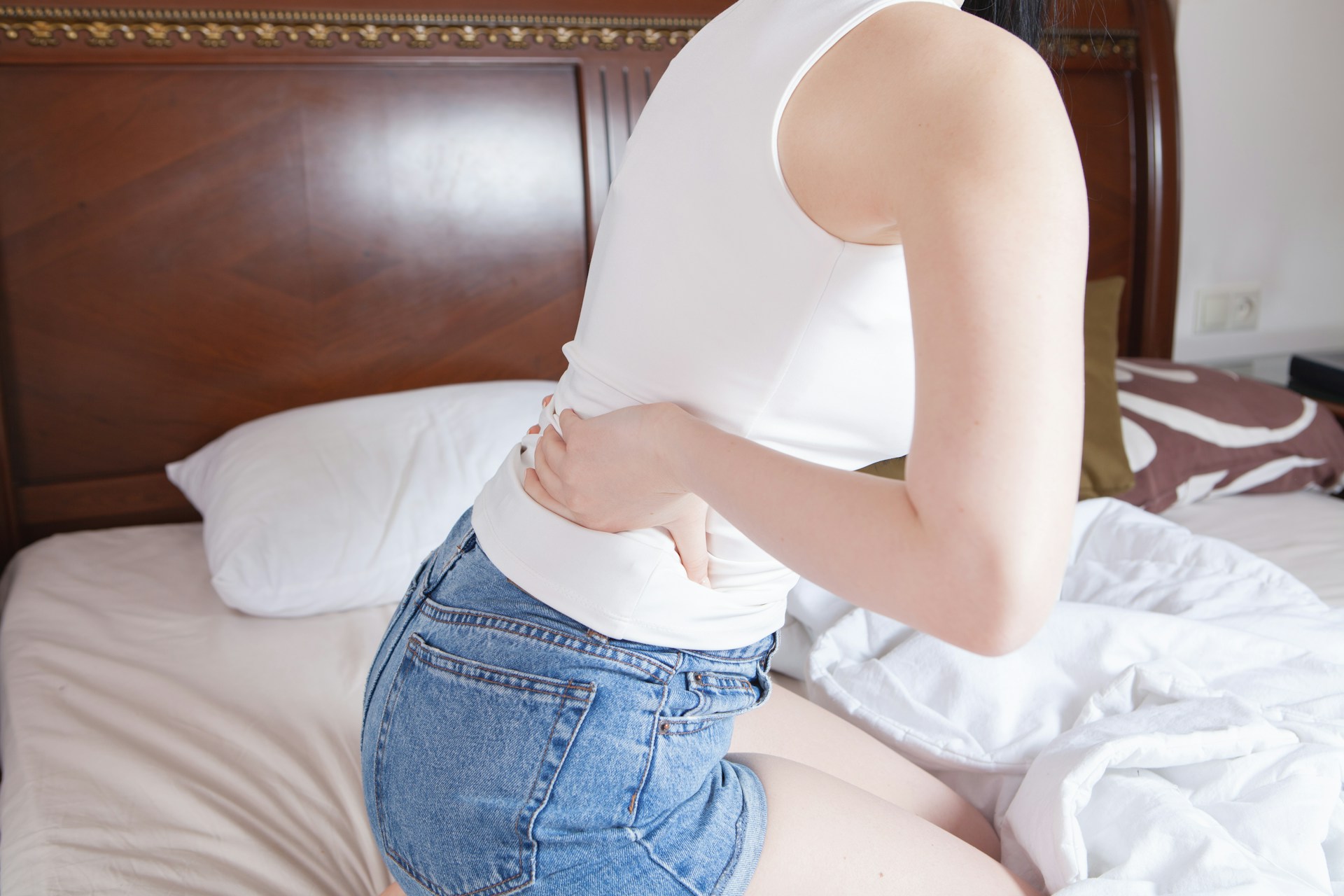Back pain also known as low back pain (LBP) has become a major complaint in recent years, this is due to the advancement in lifestyle starting from occupations, posture(ergonomics), obesity, and degenerative changes in the body structure more so the spine and back muscles. Whether it's a nagging ache or a sharp, debilitating muscle contraction, it can disrupt sleep, limit mobility, and dampen your enjoyment of life. While seeking professional medical advice is crucial, there are many effective ways to manage back pain right in the comfort of your own home.
This article will explore some simple yet powerful strategies to help you find relief and regain mobility.
1. GENTLE EXERCISES.
Regular exercise is crucial for strengthening core muscles, improving flexibility, and maintaining good posture. Examples of exercises you can perform include:
-
Walking: A simple yet effective way to improve circulation and strengthen back muscles. Start with short walks and gradually increase the duration and intensity.
-
Swimming: The buoyancy of water provides support and reduces stress on the spine, making it an excellent low-impact exercise.
-
Yoga: Yoga incorporates stretching, strengthening, and breathing exercises that can improve flexibility, core strength, and overall well-being.
-
Tai Chi: This gentle form of exercise improves balance, flexibility, and coordination, all of which can benefit back healt
2. REST
Avoid activities that aggravate your pain and get plenty of rest. However, prolonged bed rest can worsen the problem, so find a balance.
3. FLEXIBILITY STRETCHING EXERCISES
Stretches to the back muscles improve flexibility and reduce muscle tension. They include:
-
Hamstring stretches: Lie on your back and gently pull one leg towards your chest.
-
Cat-cow pose: This yoga pose gently stretches the spine and improves flexibility.
-
Piriformis stretches: Lie on your back and cross one leg over the other, gently pulling the knee towards your chest.
4. POSTURE
Pay attention to your posture throughout the day. When sitting, ensure your back is supported and your feet are flat on the floor. When standing, keep your shoulders relaxed and your core engaged. When lifting heavy objects, bend your knees and lift with your legs, not your back.
5. ERGONOMIC ADJUSTMENTS
Use a supportive chair with good lumbar support. Consider an ergonomic keyboard and mouse to reduce strain on your neck and shoulders. Adjust your computer screen to eye level to avoid neck strain.
6. MASSAGE
Self-massage or massage from a partner can help relax muscles and reduce pain. Gently massage the affected area with your fingertips or use a foam roller.
7. LIFESTYLE MODIFICATIONS
-
Maintain a Healthy Weight: Excess weight puts extra strain on your back. Excess weight can impact the natural curve of your spine, press on the shock-absorbing disks between vertebrae and cause them to become herniated, pinched, or cause pressure on nerves that travel through the central canal, and strain the muscles and ligaments that support your back.
-
Quit Smoking: Smoking can reduce blood flow to the spine and slow down healing.
-
Improve Sleep Quality: Ensure you get quality sleep, 8 hours at maximum. Use a supportive mattress and pillows. Avoid products such as caffeine and alcohol before bed.
8. MEDITATION.
Meditation can help calm the mind and reduce stress, which can contribute to back pain.
-
Find a quiet place to sit or lie down comfortably.
-
Close your eyes and focus on your breath or a calming mantra.
9. HARNESSING ELEMENTS
Heat Therapy. Applying heat to the affected area can help relax muscles, reduce pain, and improve blood circulation.
-
Hot water bottles: A classic and readily available option.
-
Heat packs: Reusable heat packs provide consistent warmth.
-
Warm baths: Soaking in a warm bath can provide soothing relief for back pain.
Cold Therapy: Cold therapy can help reduce inflammation and numb pain.
-
Ice packs: Apply ice packs to the affected area for 15-20 minutes at a time, several times a day.
-
Cold compresses: Use a cold compress wrapped in a thin towel to avoid direct contact with the skin.
CONCLUSION
By incorporating these home remedies and lifestyle modifications into your daily routine, you can effectively manage back pain, improve your quality of life, and regain your mobility. Remember to listen to your body, avoid activities that aggravate your pain, and seek professional help when needed.
share with

Mesha M. Founder
"Explore a world of inspiration and empowerment at RealtimeArticles. Dive into our curated articles for insights, reflection, and shared growth. Join our community on a journey of discovery and evolution!"









Comments
Coming Soon!
POST YOUR COMMENTS